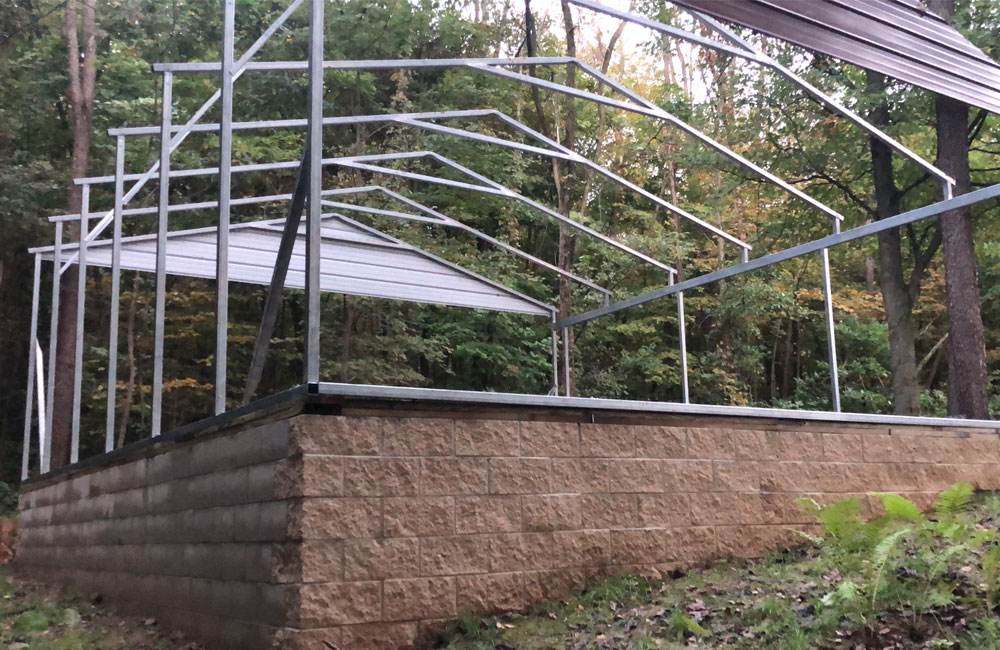
Steel buildings are known for their durability and resilience, but like any structure, they face specific challenges during the winter months. Understanding and addressing these issues are crucial for maintaining the integrity and functionality of steel buildings in colder climates.
1. Condensation and Moisture Control
Winter brings lower temperatures, and when warm air inside the steel building comes into contact with cold surfaces, it can lead to condensation. Accumulated moisture can result in corrosion and compromise the structural integrity of the steel. Proper insulation, ventilation, and moisture control measures are essential to mitigate this issue.
2. Snow Load and Accumulation
Snow can exert significant weight on the roof and other structural elements of a steel building. If the snow load exceeds the building’s design capacity, it can lead to structural damage. Regular inspection and removal of accumulated snow, especially on the roof, are vital to prevent overloading.
3. Thermal Bridging
Steel is an excellent conductor of heat, and without adequate insulation, it can create thermal bridges. These bridges allow heat to escape, leading to energy inefficiency and potential issues like ice dam formation. Proper insulation strategies, including thermal breaks, help maintain a consistent internal temperature and prevent thermal bridging.
4. Freezing Pipes and Plumbing Concerns
The cold temperatures of winter pose a risk of freezing pipes, especially in uninsulated areas of the steel building. Frozen pipes can burst, causing water damage and disruptions. Insulating pipes and ensuring proper heating in vulnerable areas can prevent this issue.
5. Door and Window Seals
Cold weather can impact the flexibility of door and window seals, leading to drafts and reduced energy efficiency. Regular inspection and maintenance of seals, along with the application of weather-stripping, help keep the building airtight and prevent heat loss.
6. Ice Dams on Roof Edges
Inadequate insulation and ventilation in the roof can contribute to the formation of ice dams. These dams prevent proper drainage, leading to water backup and potential leaks. Proper insulation, ventilation, and prompt removal of accumulated ice can prevent this issue.
7. Corrosion and Rust
Winter conditions, including snow, ice, and road salts, can contribute to the corrosion of steel surfaces, especially in regions with harsh winters. Regular inspections, rust-resistant coatings, and preventive maintenance help protect the steel from corrosion.
Conclusion
Addressing the major winter issues with steel buildings involves a combination of proactive design, regular maintenance, and strategic measures to combat the challenges posed by cold weather. By understanding and mitigating these issues, property owners can ensure the longevity, efficiency, and resilience of their steel structures throughout the winter months.